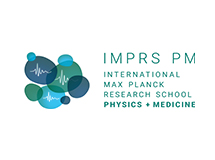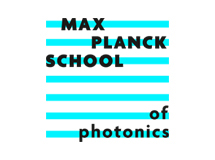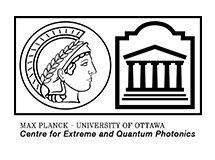Welcome to the website of the former Russell Emeritus Group
Following the statutory retirement of Philip Russell and the closure of his Division at MPL, the Russell Emeritus Group was formed in April 2021, and with limited resources continued working on a few selected topics from the former Division's research until its closure at the end of March 2024. The group is no longer able to offer PhD or Masters projects, or postdoctoral positions
The Russell Division focused on photonic crystal fibre science, and was one of the two original divisions of MPL, founded in January 2009. The Division was formerly (2005-2008) part of a Max Planck Research Group at the Friedrich-Alexander-Universität Erlangen-Nürnberg. At the time of its closure in March 2021, the Division had over 40 members (laboratory assistants, masters and doctorate students, post-doctoral researchers and visitors) from all over the world.
Rainbow in the glass fiber.
(German only)
Contact
Please address research-related inquiries to philip.russell@mpl.mpg.de and general enquiries to Bettina Schwender at:
Max Planck Institute for the Science of Light
Staudtstr. 2
D-91058 Erlangen, Germany
bettina.schwender@mpl.mpg.de
Tel: +49-9131-7133-201
The Max Planck Institute is located right next to the Science Campus of the Friedrich-Alexander-University Erlangen-Nuremberg, on its northern edge. See the information page on how to find us.






